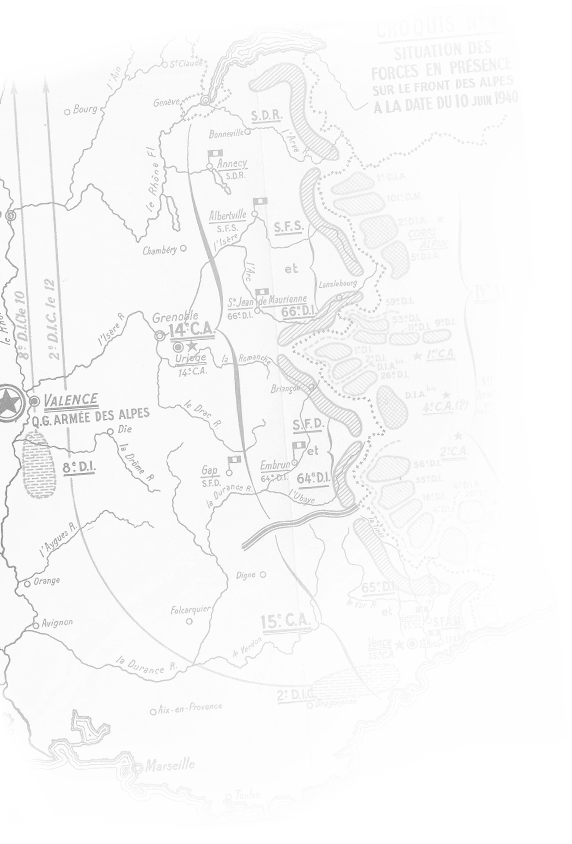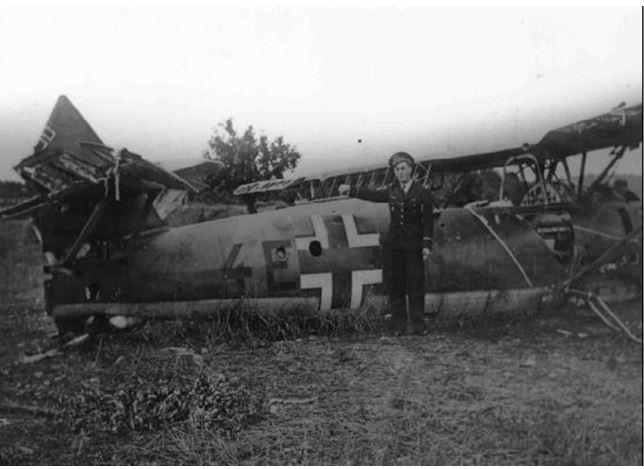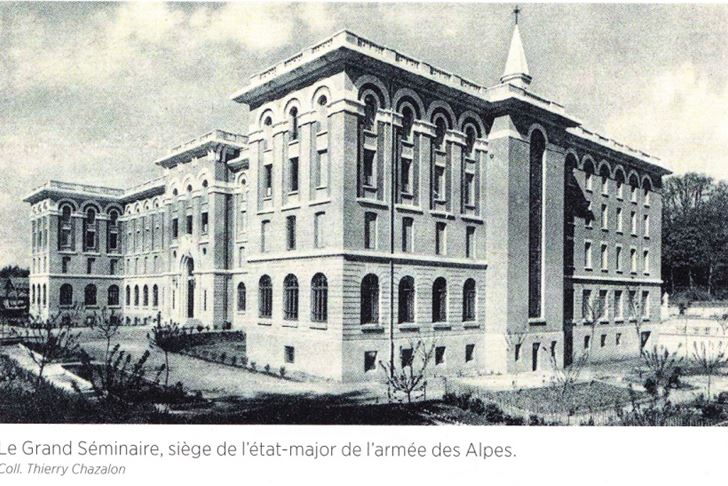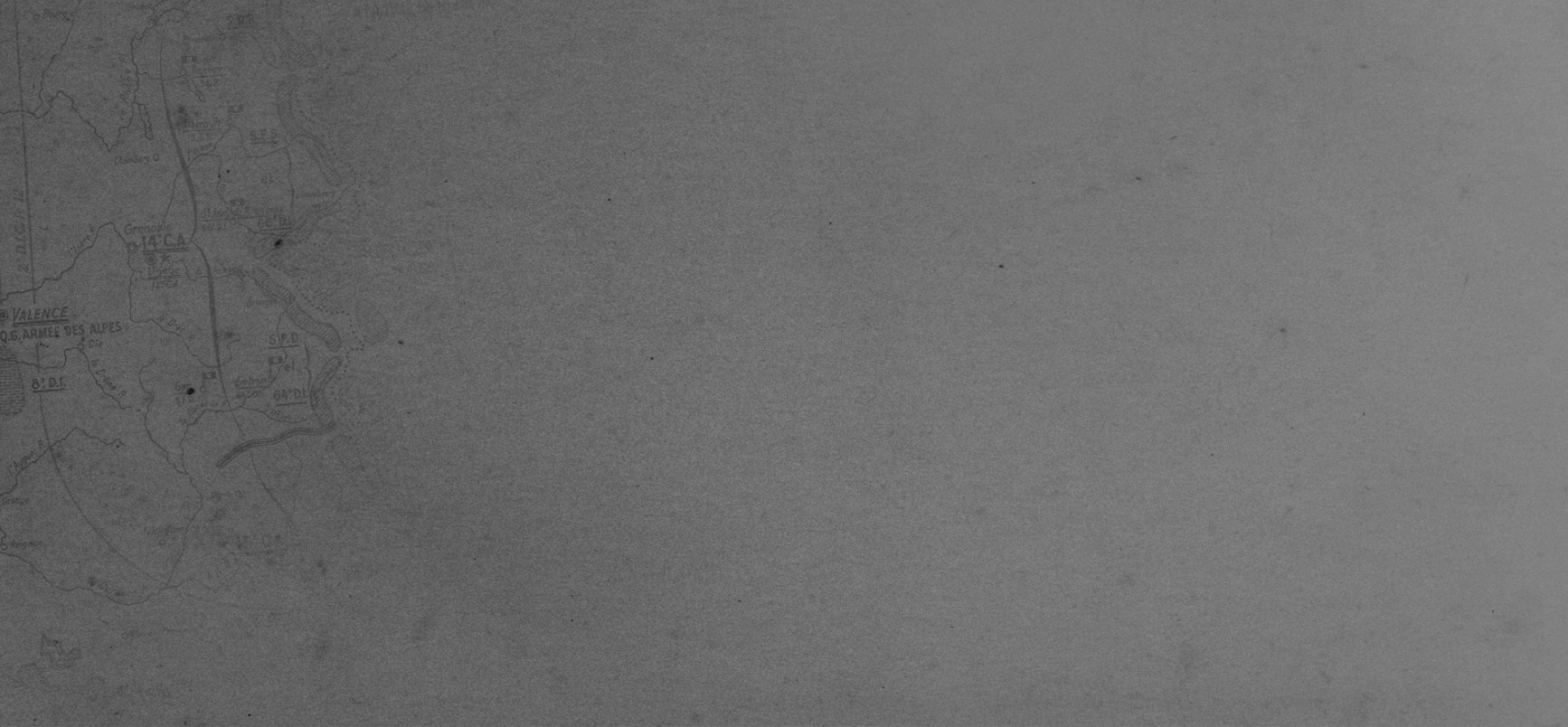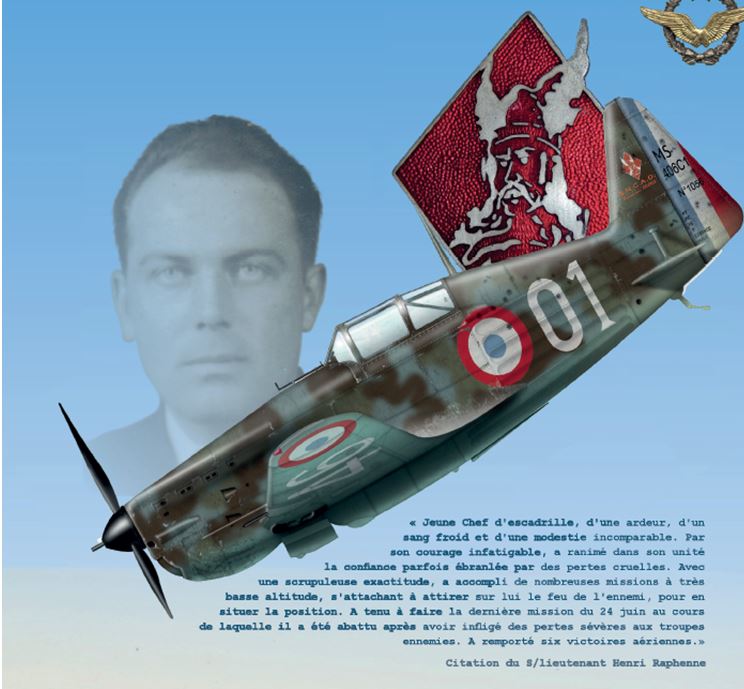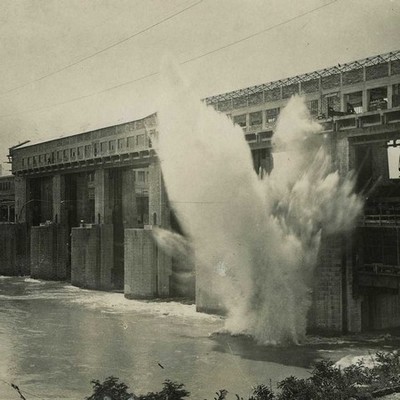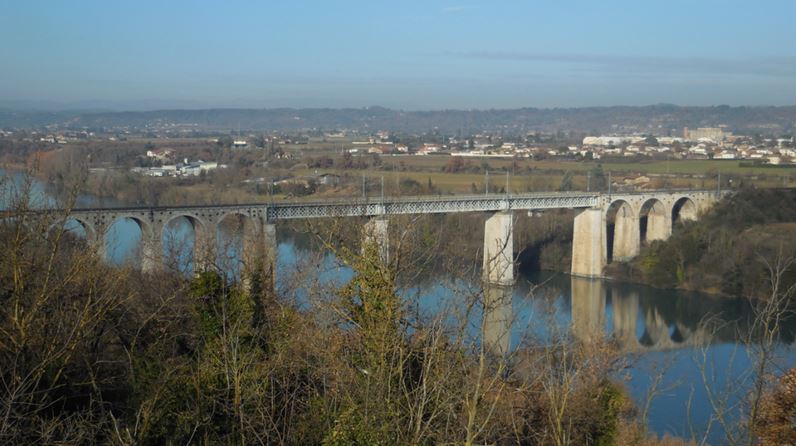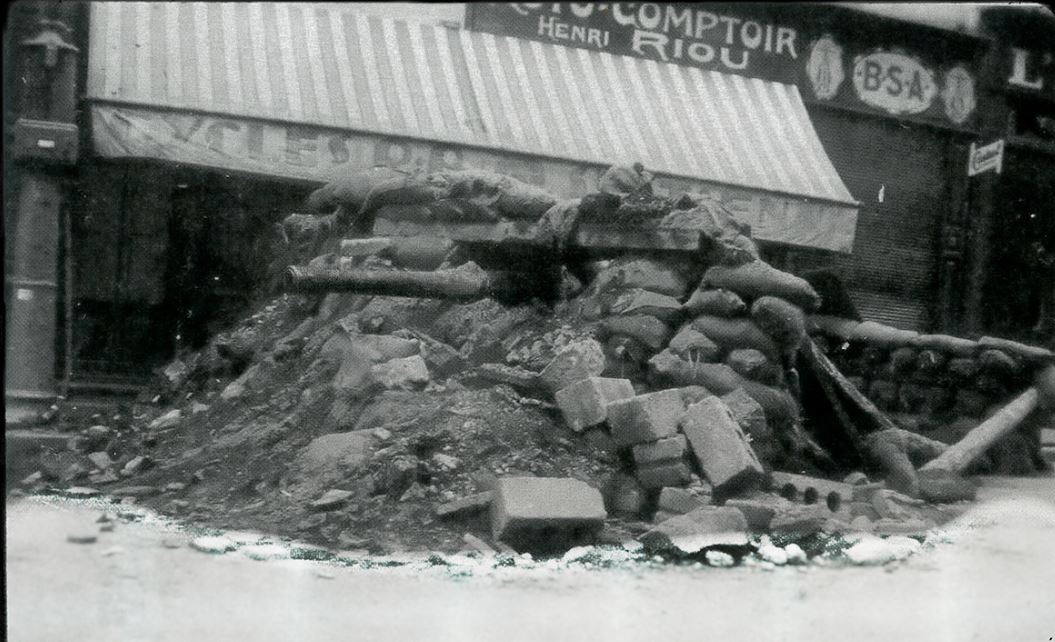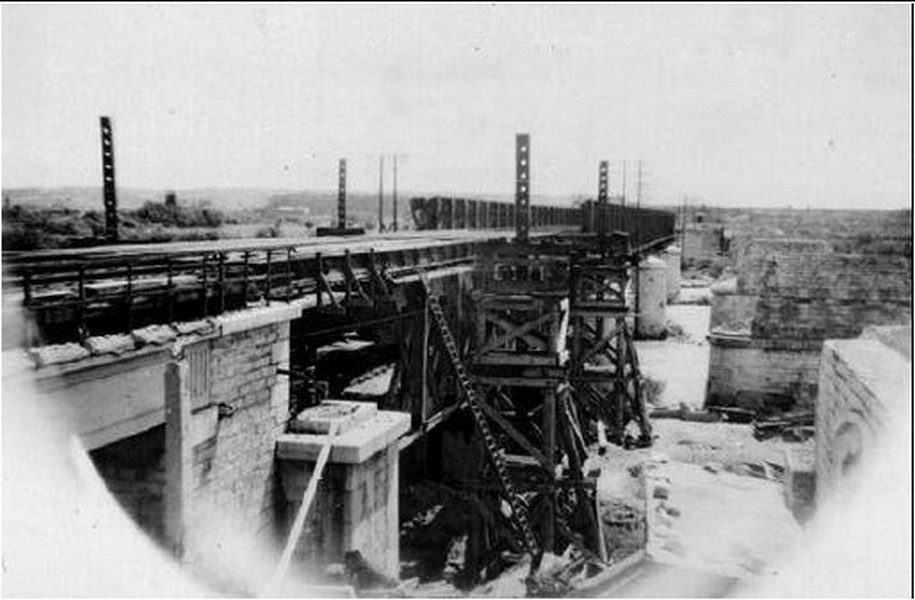
SUZE-LA-ROUSSE – Alpine Army Armour Headquarters- The last heavy tanks of the French army
Suze-La-Rousse occupied a special position within the Alpine Army Command's defensive system.

char
This wine-growing village of 950 inhabitants, where 44th Alpine Tank Battalion (44th BCCA) had been stationed since 16 November 1939, was to become Armée des Alpes tank force HQ in June 1940.
GEOGRAPHICAL LOCATION
Rising above the plain of Southern Drôme, the castle of Suze-La-Rousse overlooks the vineyards of the Tricastin plain. The village was slightly set back from the Rhône valley and its main axis of communication (Route Nationale 7, the Paris-Lyon-Marseille (PLM) railway line and the Rhône). To the east of Suze-la-Rousse, Bollène (Vaucluse), with its major railway facilities, was 8 km away.
In military terms, Suze-la-Rousse was 100 km from Bourg-de-Péage and the defence line on the Isère, facing north.
SUZE-LA-ROUSSE, home of 44 Alpine Tank Battalion
In 1939, 504 Alpine Tank Regiment (504 RCCA) was one of the military units stationed in the Drôme department. Garrisoned in Valence, the regiment, made up of three battalions, was part of the reinforcement elements of the Alpine army.
On mobilization, 504 RCCA was disbanded and only a depot remained in Valence.
Its tank battalions were split into different groups of newly-created tank battalions (GBCC), 10 and 11 BCCA within Fourth Army's GBCC 504, and 12 BCCA within GBCC 514, which became the armoured component of the Armée des Alpes, and to which the Colonial Troops Tank Battalion (BCTC), activated at Fréjus, was attached. 12 BCCA was later transferred to the GBCC 511 of Third Army.
At the same time, 44th Bataillon de Chars de Combat Alpin (44 BCCA) was built up in November 1939, using equipment from the depot of former 504 RCCA. Armed by crews of reservists from Drôme, Ardèche, Isère and Savoie departments, this new battalion took up residence in Suze-la-Rousse, much to the surprise of the local population when 600 men and their 35 armoured vehicles arrived!
For six months, 44 BCCA trained on the old Renault FT 17 tanks from the Great War, in place of the Renault R-35, a modern armoured vehicle produced from 1935, of which the battalion only had two.
In May 1940, 44th BCCA left Suze-la-Rousse to be attached to 4th Armoured Division, commanded by Colonel de Gaulle. On 15 May, the combat companies reached Bollène, where three rail convoys loaded with 45 R-35 tanks were waiting.
Together, men and equipment headed for the northern front of France. On 25 May, the battalion and its tanks came into contact with the enemy. On 28 May, as part of 8 Half-Brigade, 4th Armoured Division, it was involved in the fighting at the Abbeville salient, making a major contribution to the only French tank victory of 1940.
SUZE-LA-ROUSSE – Alpine Army Armour Headquarters- The last heavy tanks of the French army
While tank companies of 44 BCCA were engaged in northern France, the old FT 17s were spread out over the Isère defence line, only a few elements of the battalion depot remained at Suze-la-Rousse.
The arrival of the German XVI Army Corps in Lyon forced General Olry to move the headquarters of the Army of the Alps from Valence to Bollène. As a consequence the Alpine Army Armour Headquarters had to move to the foot of Suze la Rousse castle.
The energy expended by Major Plan of General Olry's staff to resupply the units returning from the north enabled the last 8 examples of B1-bis heavy tanks, produced by the workshops of Saint-Chamond Forges (Loire) and La Seyne-sur-Mer (Var), to be recovered and used to build up a temporary company from Suze-la-Rousse. Finding crews had yet to be solved given that men of 44th BCCA depot had no combat experience and no capability to handle heavy tanks under fire.
The general staff then called in men of 10 BCCA, who had been in retreat since the German breakthrough at Sedan and had managed to return to their former barracks in Valence (now the Drôme prefecture) between 16 and 18 June. All their armoured vehicles having been destroyed in the fighting, the men were sent to Suze-la-Rousse to form, with the B1-bis, the 1st heavy tank temporary company,10 BCCA.
On 23 June, the unit left for the lower Isère valley with the mission of counter-attacking any successful crossing of Isère by 4th Panzer Division. Ammunition for the on-board machine gun, shells for the 47 mm turret anti-tank gun and for the 75 mm casemate gun, were collected during the move towards the Isère. But the ceasefire came before the unit could be engaged.
At the beginning of July, the B1-bis tanks were sent to Les Baux-de-Provence to be camouflaged inside an underground quarry, thus preventing them from being seized by the enemy services implementing the armistice agreement.
After the occupation of south-eastern France by the Italian Army (11 November 1942), Italian workers who had taken part in the camouflage operation revealed their location to the Italian occupying military authority. The eight heavy tanks were transported to Italy in the spring of 1943.
Glossary :
504 RCCA : 504 Alpine Battle Tank Regiment
10 BCCA : 10 Alpine Battle Tank battalion (504 RCCA)
44 BCCA : 44 Alpine Battle Tank Battalion (504 RCCA)
B1-bis : French heavy tank equipped with 2 guns (37 mm, 75 mm)
16th AK : XVI Corps (Germany)
BIBLIOGRAPHY
Chazalon, Thierry. Resistances! Les prémices (June 1940 – July 1941), the Resistance began on 23 June 1940 on the banks of the lower Isère valley. Montélimar: autoédition, 2011. 200 p.


